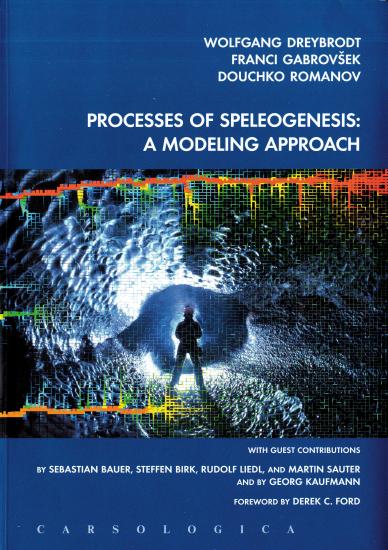
Authors:
Wolfgang Dreybrodt, Franci Gabrovšek, Douchko Romanov
Year:
2005
This book draws together the major recent advances in the modeling of karst systems. Based on the dissolution kinetics of limestone, and flow and transport processes in its fractures, it presents a hierarchy of cave genetic situations that range from the enlargement of a single fracture to the evolution of cavernous drainage patterns in confined and unconfined karst aquifers. These results are also applied to the evolution of leakage below dam sites in karst. The book offers a wealth of informations that help to understand the development of cave systems. It addresses geologists, hydrologists, geomorphologists, and geographers. It is also of interest to all scientists and engineers who have responsibilities for groundwater exploration and management in karst terrains. A CD including all figures figures from the nook and numerous animations presenting the results is enclosed.
-
Authors
-
Publishing House:
Založba ZRC
-
Publisher
-
ISBN
961-6500-91-0
-
Year
2005
-
Series
Language(s)
-
Specifications
paperback 17 × 24 cm 376 pages CD-ROM 250 pictures and 8 plates
-
E-publications
05. 12. 2019
-
Permalink